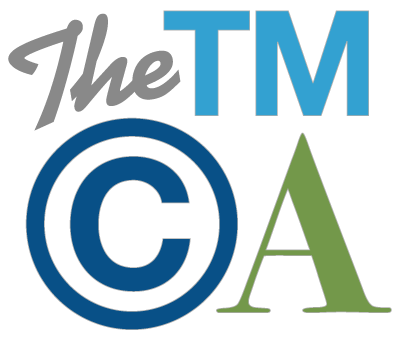Series 89: A Secret Menu of Protected Non-Registered Marks
 Who doesn’t love a secret menu, where one discovers delicious off-menu favorites and savors them along with the pleasure of feeling in the know? We’ll let you in on a “secret menu” of sorts for trademarks. A little known area of trademark law involves protection of trademarks by statute or convention. These marks are in most cases well known (e.g., Red Cross, Olympic Rings, U.S. flag), and anyone could guess that they are off the menu without a license. But, what of characters and organizations that we all know and love in popular culture, such as 4-H Clubs, Smokey Bear, and the F.B.I.? We have all likely consumed trademarks or other insignia for such popular organizations and characters on all manner of products. But what about marks or characters that are imitation flavors?
Who doesn’t love a secret menu, where one discovers delicious off-menu favorites and savors them along with the pleasure of feeling in the know? We’ll let you in on a “secret menu” of sorts for trademarks. A little known area of trademark law involves protection of trademarks by statute or convention. These marks are in most cases well known (e.g., Red Cross, Olympic Rings, U.S. flag), and anyone could guess that they are off the menu without a license. But, what of characters and organizations that we all know and love in popular culture, such as 4-H Clubs, Smokey Bear, and the F.B.I.? We have all likely consumed trademarks or other insignia for such popular organizations and characters on all manner of products. But what about marks or characters that are imitation flavors?
The statutes themselves do not provide the basis for refusal of trademark registration; however, if the U.S. Patent and Trademark Office (USPTO) is made aware of a federal statute or regulation that prohibits or restricts certain marks, insignia and/or characters, they are entered into the USPTO search records and assigned serial numbers beginning with “89.” These marks are also known as “non-registrations.” For a non-exhaustive menu du jour of recognized statutes, see Appendix C of the Trademark Manual of Examining Procedure (“TMEP”). (If you want to see the secret sauce, search for the marks and characters in this article: 4-H CLUBS, Ser. No. 89001621; Smokey Bear, Ser. No. 89001660; F.B.I., Ser. No. 89001683.) These non-registrations are considered during examination of new applications, and if a mark happens to be confusingly similar, the applicant will receive a refusal to registration on the basis that the matter is protected by statute or convention.
State emblems, flags, and emblems for intergovernmental organizations will also be eighty-sixed, as these marks are protected under federal statute and/or national conventions. Such marks include the Red Cross Symbol (Ser. No. 89000081) and Red Crescent Symbol (Ser. No. 89000460). See Section 1205.01 et seq. for lots of details on the Red Cross, Red Crystal, and Red Crescent symbols, including helpful examples of situations where similarly stylized symbols should or should not be refused. Other such emblems may not be listed under the 89 series, but are explicitly protected by statute and are thus denied service under Section 2(b) of the Lanham Act. These would include the “Olympic Rings” and other insignia from the Olympic Games (36 U.S.C. § 220506). And as we previously reported, the U.S. flag. ICYMI, the United States Flag Code mandates that “[t]he flag should never be used for advertising purposes in any manner whatsoever.” 4 U.S.C. § 8(i). Stylized flags are registrable, however, as explained at TMEP § 1204.
Native American tribal insignia are also featured on the menu as Series 89 non-registrations. See, e.g., Georgia Tribe of Eastern Cherokee, Ser. No. 89001082; Paiute Indian Tribe of Utah, Ser. No. 89001598; and Eastern Shawnee Tribe of Oklahoma, Ser. No. 89002202. 15 U.S.C. § 1052(a) prohibits registration of marks that falsely suggest a connection with a non-sponsoring person or institution, including Native American tribes. The insignia must be submitted by a tribal representative; however, the USPTO will not research whether the insignia is authentic.
So for the takeout, um, takeaway: Series 89 non-registrations may not be considered front of the house, but knowing about them can help to avoid heartburn. And, as with most secret menus, they really aren’t that secret after all.







